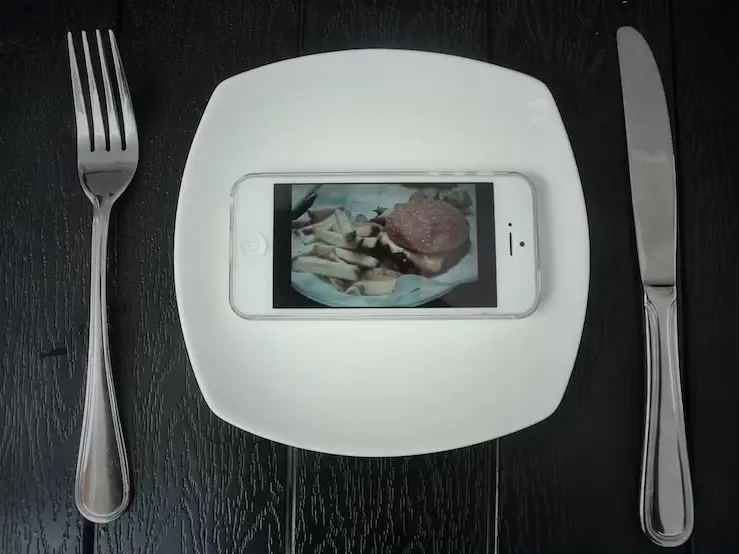- From robots to crop measurements, technology is driving significant change in our foodways.
- This article explores seven ways in which high-tech tools are actively shaping our food habits in the digital age.
- Our approach to food spans seven distinct realms, from production to the serving process.
TLDR: In the digital age, technology is revolutionising gastronomy across seven key stages, from food production to serving, fundamentally transforming our food habits.
Technology is leading a remarkable gastronomic transformation, changing our foodways.
Technology is redefining the way we interact with food, paving the way for a more diverse culinary future.
From farm to table, we now see the integration of robotics, sensors, and IoT devices in various stages of production.
Erik Pham, the ceo and founder of Health Canal
Erik Pham, the ceo and founder of Health Canal (a media company dedicated to providing valuable insights in the health and wellness niche), said to BTW that, “From farm to table, we now see the integration of robotics, sensors, and IoT devices in various stages of production.”
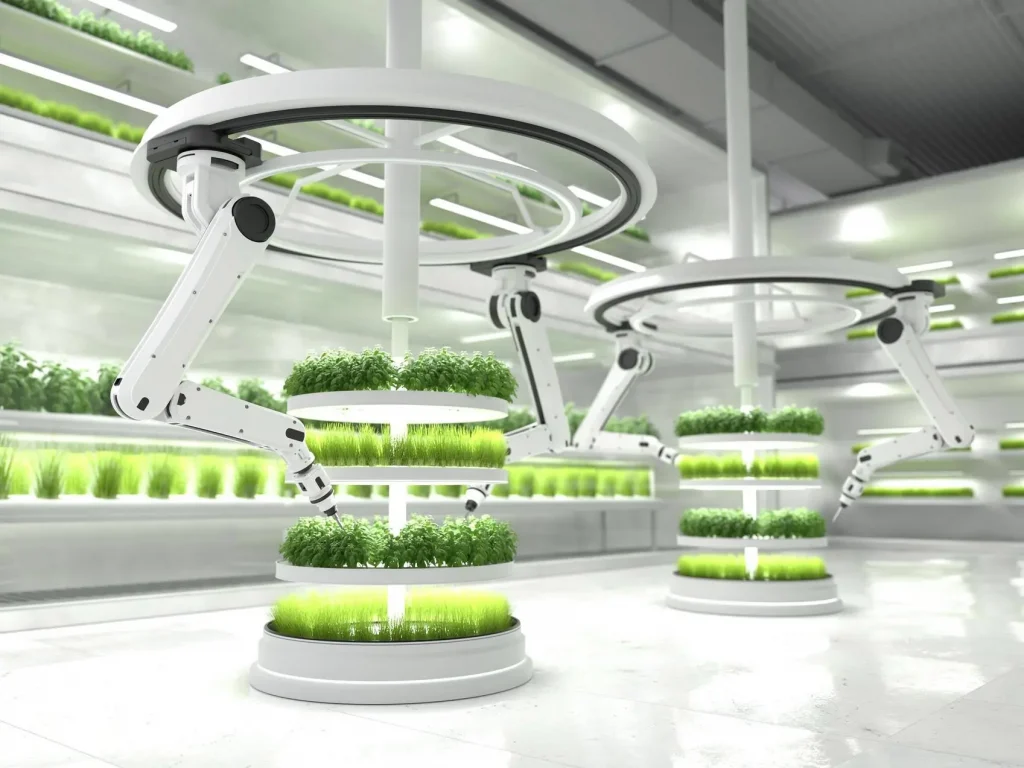
1. Production and processing of foodstuffs
Modern high technology plays an important role in food production and processing.
The application of precision agriculture technologies, including sensors, machine vision and drones, has enabled farmers to monitor soil moisture more accurately, crop growth conditions and pests and diseases, thereby improving crop yield and quality.
Meanwhile, gene editing and transgenic technologies have revolutionized agriculture, enabling scientists to precisely modify plant genes to breed disease-resistant, drought-tolerant, or high-yield crop varieties that are adapted to different climates and soil conditions.
The use of artificial intelligence and big data analytics has further enhanced agricultural management by processing large amounts of agricultural data to provide farmers with decision-making advice on the best timing for planting, the optimal number of fertilizers and pesticides, and so on.
The combined application of these technologies not only improves the efficiency and sustainability of agriculture, but also provides a higher level of quality and output for food production.
Also read: Samsung introduces diet platform: Samsung food
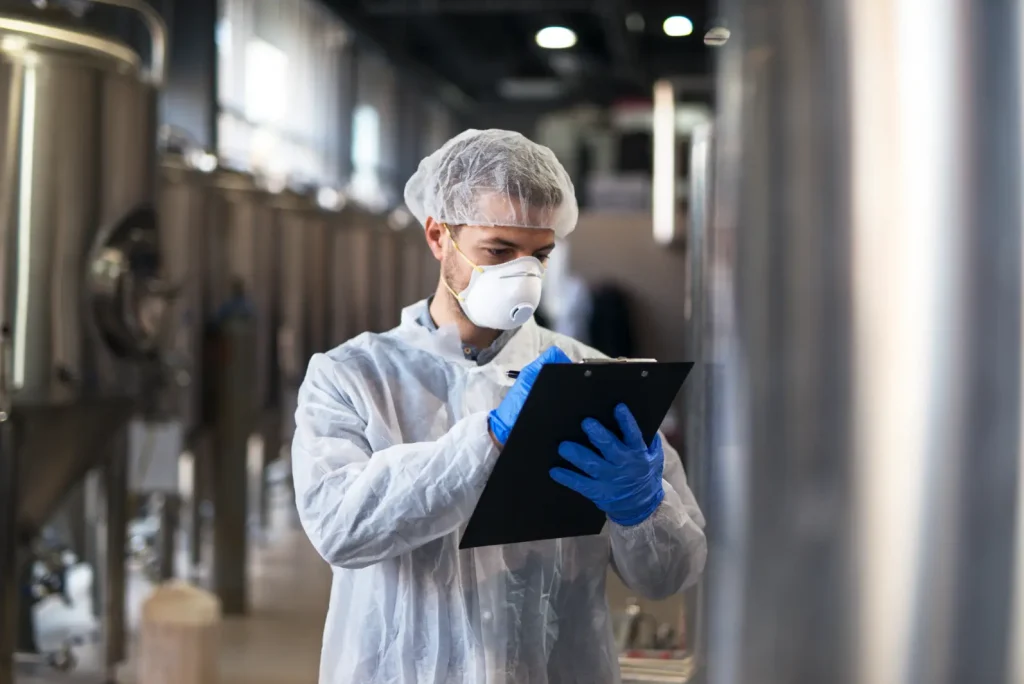
2. Food safety
Sensor technology plays a crucial role in food safety by monitoring elements such as temperature, humidity, and atmosphere. This technology provides real-time data support for risk prevention in food production, transportation, and storage.
For instance, safety monitoring systems utilize temperature sensors, data loggers, and digital thermometers to track critical parameters and ensure compliance with food safety standards.
Jeff Kagan, an industry analyst, tech influencer and columnist also said to BTW that, “Technology like AI, private wireless, IoT, the cloud and more are changing the food industry.They are making it safer, faster and more efficient.”
Internet of Things (IoT) solutions based on sensor technology enable 24/7 remote monitoring of conditions throughout the cold chain, further enhancing food safety programs.
Furthermore, smart sensors, including time-temperature indicators and freshness sensors, are being integrated into refrigeration and shipping processes to provide instant notifications and ensure the quality of food products.
Overall, sensor technology is instrumental in maintaining food safety and preventing potential hazards in the food industry.
Also read: Generative AI apocalypse? Relax, it’s more hype than reality
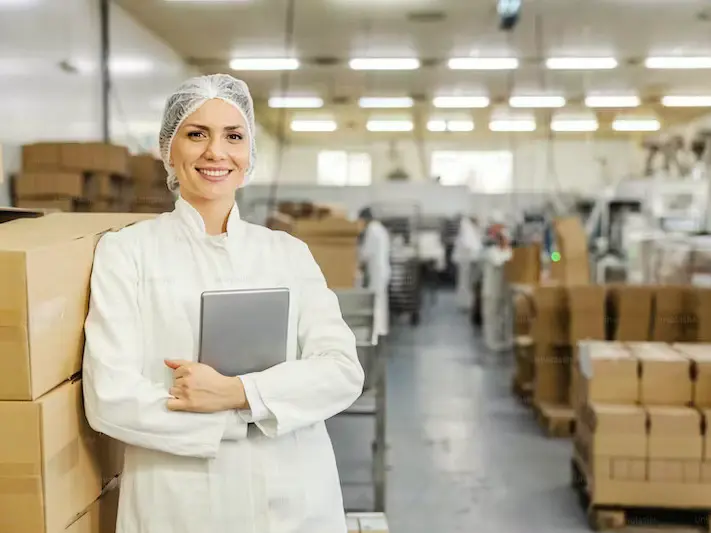
3. Food packaging
The use of high-tech anti-counterfeiting technology, such as QR codes and RFID, plays a crucial role in ensuring the authenticity of food packaging and reducing the circulation of counterfeit products. These technologies enable consumers to access detailed product information, including production location and date, thereby increasing transparency in the food supply chain.
Biodegradable packaging, which utilizes biodegradable materials and biodegradation technology, is instrumental in reducing the environmental impact of plastic packaging. By minimizing packaging waste, it contributes to the sustainability of packaging and helps improve environmental conservation efforts.
Smart labeling, enabled by RFID and other smart labeling technologies, facilitates full tracking of packaging and products. This capability allows for the rapid location of problem batches in the event of a food safety incident, enabling timely recall measures to be implemented.
Temperature-controlled packaging, particularly for foods that require refrigeration or freezing, leverages high-tech solutions to maintain appropriate temperatures throughout the transportation chain. This helps prevent food spoilage and ensures that products reach consumers in optimal condition.
Also read: How AI and Machine Learning revolutionised the beauty industry
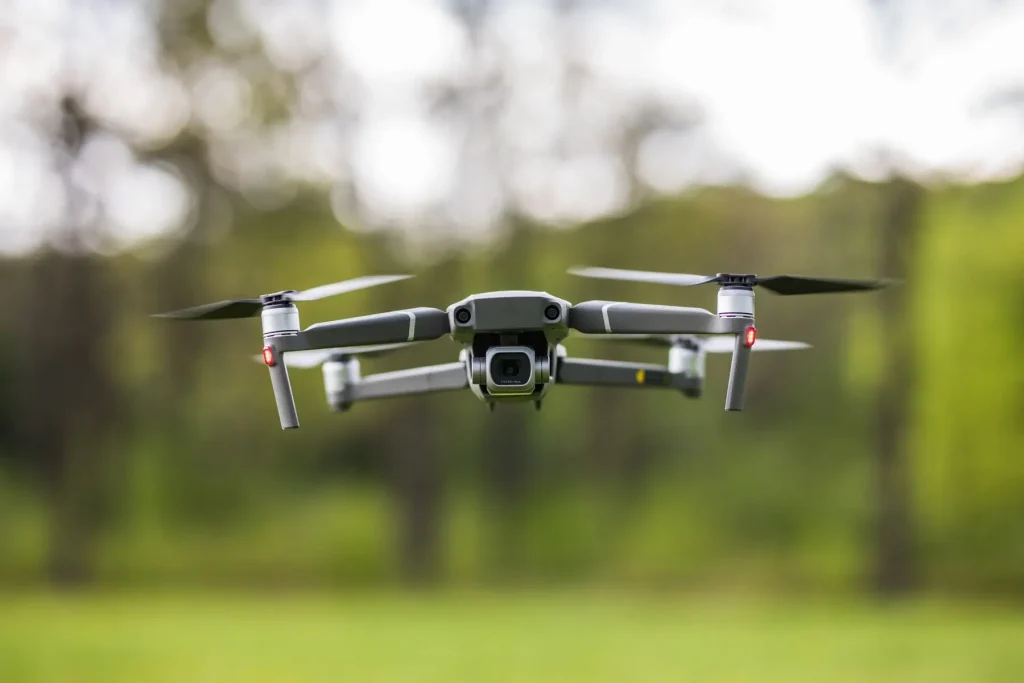
4. Food transportation
The application of high technology in food transportation has revolutionized the industry, leading to significant improvements in various aspects of the supply chain.
Tracking and monitoring systems utilize IoT technology to monitor cargo location, temperature, and humidity in real time, ensuring cargo status and preventing loss.
Cold chain technology maintains appropriate temperatures to extend the shelf life of food and preserve freshness, while data analysis optimizes transportation paths to reduce time and costs.
Automation technology improves efficiency and reduces operational risks in loading, unloading, and sorting, and intelligent traffic management systems coordinate vehicle movement, reducing the risk of congestion and improving safety.
Additionally, the use of drones and autopilot technology enhances transportation speed and safety, while intelligent security systems improve cargo safety and prevent losses.
These technological evolutions are instrumental in preserving produce in transportation and driving positive changes in the food logistics and transportation industry.
Also read: Is Formula One’s use of AI for track limits enforcement better than using humans?
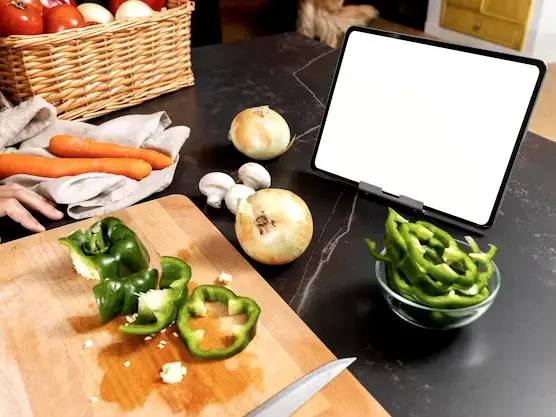
Pop quiz
Which high-tech method isn’t mentioned as a ‘culinary’ technology?
A. smart kitchen devices
B. 3D food printing
C. LoT
D. AR
Find the answer at the bottom of this article.
5. Culinary technology
The rise of smart kitchen devices has opened up a whole new range of possibilities for the cooking experience. Smart ovens, smart kitchen appliances, and more are equipped with sensors, metering devices, and internet connectivity, enabling them to be monitored and controlled remotely. Through cell phones or other devices, users can manage their kitchen equipment anytime, anywhere, increasing the convenience and flexibility of cooking.
With the development of artificial intelligence technology, smart kitchen assistants are gradually becoming a powerful assistant in the kitchen. Voice assistants and smart kitchen assistants are able to provide personalized recipe suggestions, regular reminders of cooking progress, and create shopping lists of ingredients based on user needs, providing smarter and more attentive cooking support.
3D food printing technology has revolutionized food creation. This technology allows ingredients to be printed in layers into a variety of shapes, resulting in unique food artwork and personalized cuisines. 3D food printing not only innovates food design, but also changes the traditional way of cooking, providing chefs with more room for creativity.
Virtual Reality (VR) and Augmented Reality (AR) technologies are also becoming increasingly prominent in the culinary field. With VR technology, chefs can receive real-time training in a virtual environment to learn new culinary skills and enhance their professionalism. AR technology, on the other hand, is able to provide real-time recipe guidance, making the cooking process more intuitive and efficient.
The rise of these smart kitchen technologies not only provides users with a more convenient and personalized cooking experience, but also promotes innovation and development in the culinary field.
Also read: Pixel 8 Pro’s temperature sensor: Just a party trick?

6. Dine out
The modern restaurant industry is actively incorporating technological innovations to improve customer dining experience and restaurant operational efficiency.
First, through online ordering and delivery services, customers are able to conveniently use their cell phones or computers to place takeout orders. Online platforms integrate high-tech systems to streamline order processing, delivery tracking and online payment, greatly enhancing dining convenience.
Secondly, the introduction of self-service ordering systems allows customers to order and pay more quickly in the restaurant. The use of touchscreens or apps allows customers to select menus on their own without having to wait for a waiter, greatly reducing service time and improving ordering efficiency.
Intelligent restaurant management systems provide restaurants with more efficient operations. Technology systems enable finer inventory management, order tracking and human resource planning, improving operational efficiency and overall service quality.
In terms of dining experience, some restaurants use virtual reality technology to create a new dining experience for customers. By wearing VR glasses, customers can participate in interactive dining experiences, such as watching the preparation of dishes or enjoying a meal in a virtual environment, bringing a more vivid and unique sensory experience to dining.
Data analytics and personalized service is another important trend. High-tech systems collect data on customers’ dining preferences and consumption habits to provide personalized menu recommendations and services, improving customer satisfaction and helping restaurants better anticipate demand and optimize operations.
Finally, enhanced interactive experiences provide richer sensory experiences through projection technology or interactive screens. This includes providing entertainment content, educational information, and opportunities to interact with other customers, making dining more fun and interactive.
These technological innovations provide a broader scope for restaurants to grow, as well as provide customers with a more colorful dining experience.

7. Food waste
The food donation platform effectively connects food suppliers, restaurants and supermarkets with charitable organizations using high-tech platforms and apps, enabling unsold but still edible food to be donated to those in need, aiming to reduce food waste while giving back to the community. This connection digitally streamlines the donation process and increases efficiency.
Big data plays a key role in addressing food waste. Big data technology makes it easier to track the origin and flow of food for accurate management. Some websites such as Digitally use data analytics to help track the wasted food and arrange food more scientifically, in order to reduce unnecessary waste and improve resource efficiency.
Sustainable food production technologies are another area being driven by high tech. This includes methods such as converting waste into fertilizer and reusing food leftovers to minimize environmental impact and drive food production in a more sustainable direction.
It is worth noting that while high technology can be effective in reducing food waste to a certain extent, technology alone cannot solve all the problems. Addressing the challenge of food waste requires a comprehensive approach that takes into account policy formulation, education and promotion, and the enhancement of social awareness. It is only on the basis of the joint efforts of these parties that high technology can contribute more comprehensively to the goal of reducing food waste.
The correct answer to the pop quiz is C. LoT.

